The correct answer is:
One of the best ways for the mill to protect the watershed is to use less toxic chemicals when they make paper.
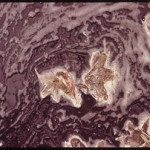
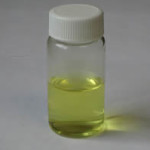 One major toxin in paper mill wastewater is chlorine. Chlorine is used to bleach paper and make it white. However, chlorine also produces dioxins that end up in the mill's wastewater. Dioxins are highly toxic to humans, wildlife, and plants.
One major toxin in paper mill wastewater is chlorine. Chlorine is used to bleach paper and make it white. However, chlorine also produces dioxins that end up in the mill's wastewater. Dioxins are highly toxic to humans, wildlife, and plants.
Eliminating the use of chlorine at the paper mill can reduce the amount of toxins that end up in the wastewater. When the wastewater is released back into the environment, whether a river, the ocean, or a public park, it will be less toxic to the watershed.
Why are paper mills important to people?
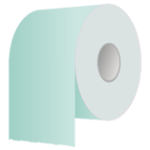
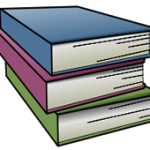
Paper mills are the main source of paper for people. People use paper for all sorts of things from books to toilet paper. Because paper is something people use and value, it's important that we find ways to produce it in a way that is least harmful to the environment.
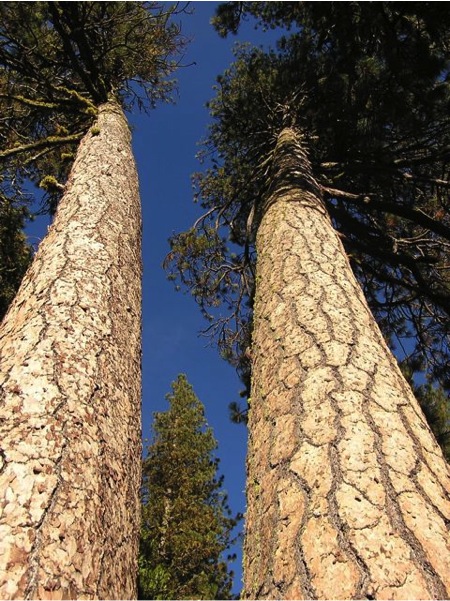 What can we do at home to reduce pollution from paper mills?
What can we do at home to reduce pollution from paper mills?
1. Reduce the amount of paper that you use. The less paper you use, the less paper will need to be created.
2. Recycle your paper once you are done with it. Or alternatively, find a way to reuse your paper for something new.
3. Buy paper that is 'chlorine-free' and at least 30% post-consumer recycled content
And last, remember that paper comes from trees! When you follow the steps above, you also prevent forests from needing to be cut down.
